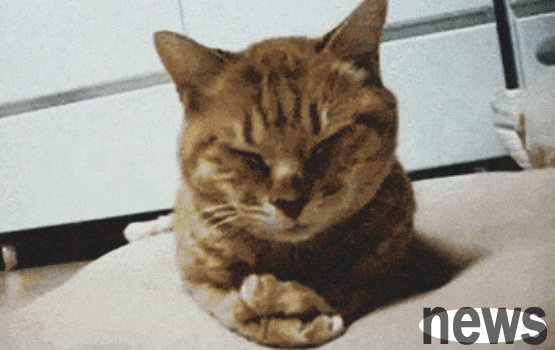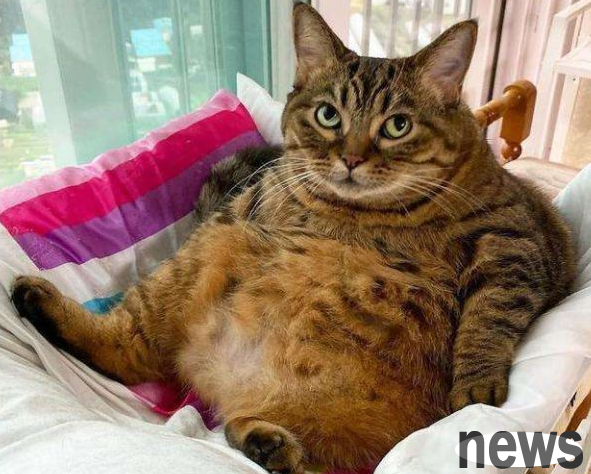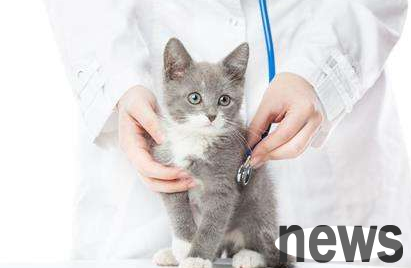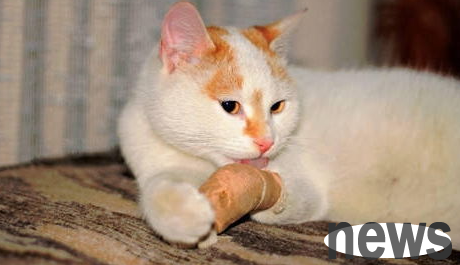It is not good for cats to vomit, and it becomes more serious when the season changes. What should I do?
Although vomiting in cats is a common problem, an article from Cornell University’s School of Veterinary Medicine points out that cats vomit more than once a week is a situation that requires the owner’s attention. If you continue to vomit, the owner also needs to take the cat to the hospital for detailed examination. Nausea is usually accompanied by before vomiting, and the cat appears restless and anxious, licking his lips, drooling, and swallowing repeatedly.
Reflux is different from vomiting. Reflux is a passive movement. During reflux, cats will not use force and the abdominal muscles will contract. Refluxed food is mostly undigested and can appear cylindrical in shape as the esophagus. Reflux is more common when coughing or breathing occurs at the same time.
For any organism, long-term vomiting and frequent vomiting in a short period of time are abnormal. Irregular vomiting may be a sign of serious disease. Even if there are no other diseases, frequent vomiting will make the cat weak, dehydrated, and electrolyte imbalanced, which is a very dangerous situation.

Every cat shoveler has more or less experienced cat spitting out food, hair, and cat grass. However, vomiting is just a manifestation, and there are many diseases that can cause vomiting. Even if you list some of them casually, there are still 10 or 20 types. Whether we or the doctors, it is difficult to answer whenever we are asked, "What's wrong with my cat vomiting?" In most cases, if you want to know the specific cause, you still need to slowly eliminate it.
Cornell Veterinary University and Merck Veterinary Manual both spent a lot of time talking about cat hairball problems in the chapter "Vomiting". Hair balls are the most common cause of vomiting in cats, and have obvious characteristics: the vomit is a wet ball of hair. It is normal for cats to spit out hairballs once a week or two weeks. However, it is also very dangerous to vomit when you keep retching and not see the hair you vomit, or vomit too frequently.
For the shoveler, most of the cases that can be confirmed are acute vomiting (frequency vomiting in a short period of time), such as:

1. Has the cat swallowed foreign objects?
Can the wreckage of rubber bands and small toys be seen on the floor
2? Have the diet been replaced recently? Do you eat too much or too fast?
Allergies, intolerances, etc. may occur.
3. Have cats been exposed to toxic substances?
For example, some people use medicines, plants, food, etc.
4. Have you been fed raw meat or improperly preserved food recently? Is there any deworming on time? Are there dogs at home? It may be related to parasites.
5. Are there major environmental changes recently? Pressure may also be the cause of cat vomiting
When you find that cat vomiting, if you cannot confirm the specific situation, you can take a photo of the cat's vomit first, record the shape, color and smell of the vomit, and ask the doctor for specific situation.
Because there are too many vomiting, the doctor can't tell at a glance what is causing the cat to vomit. For specific confirmation, you also need to cooperate with the examination:
Of course, these examinations are all after going to the hospital.
So, in the face of unknown causes, how can the shoveler initially determine the severity of the vomiting and whether you need to seek medical treatment immediately?
To solve the problem of cat vomiting, the most important thing is to find the cause. However, there may be too many causes of vomiting, and many cases require examination and the shoveler cannot confirm it by himself.
So, many times, the most correct thing that shoveling cats can do is to identify emergencies and let the cat seek medical treatment in time.




